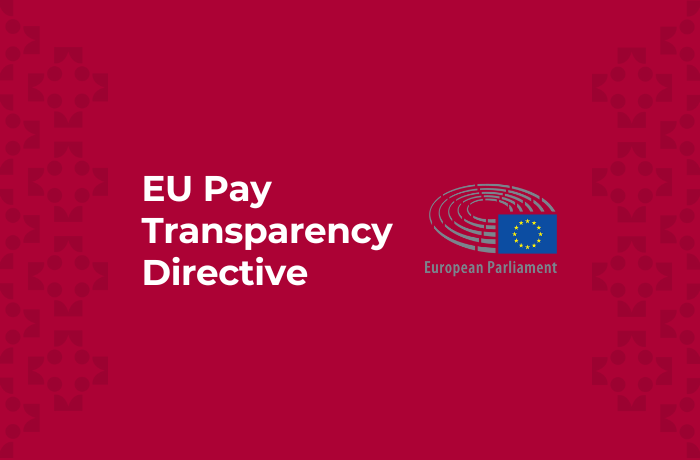On Thursday, the 30th of March, the European Parliament adopted new rules and binding pay-transparency measures to address the gender pay gap across the EU. The EU legislation also covers the rights of non-binary people and will tackle intersectional discrimination.
Three key measures include:
- Pay transparency – Employers must provide pay information prior to employment and are prohibited to ask prospective workers about their pay history of their former and current employment relationship. Under the pay transparency directive, EU companies will be required to share information about how much they pay women and men for work of equal value, and take action if their gender pay gap exceeds 5%. The EDGE Standard tolerance threshold of 5% for measuring the Unexplained Gender Pay Gap is aligned with the 5% threshold set by the EU Pay Transparency Directive.
- Right to information – Workers shall have the right to receive information on their individual pay level and the average pay levels, disaggregated by gender, for categories of workers doing the same work as them or work of equal value to theirs.
- Pay gap reporting – Employers with more than 100 workers need to report certain information on salary differences, such as the pay gap (average pay gap is acceptable here), between female and male workers in their organization – a threshold of +/-5% is applied with additional measures required where this threshold is not met, with member states able to impose penalties thereafter.
What happens next:
- The European Council has to formally approve the agreement, if successful, the text is signed into law.
- Member states are obligated to implement the Pay Transparency Directive into their national laws, regulations, and administrative provisions within three years after the Pay Transparency Directive’s entry into force.



